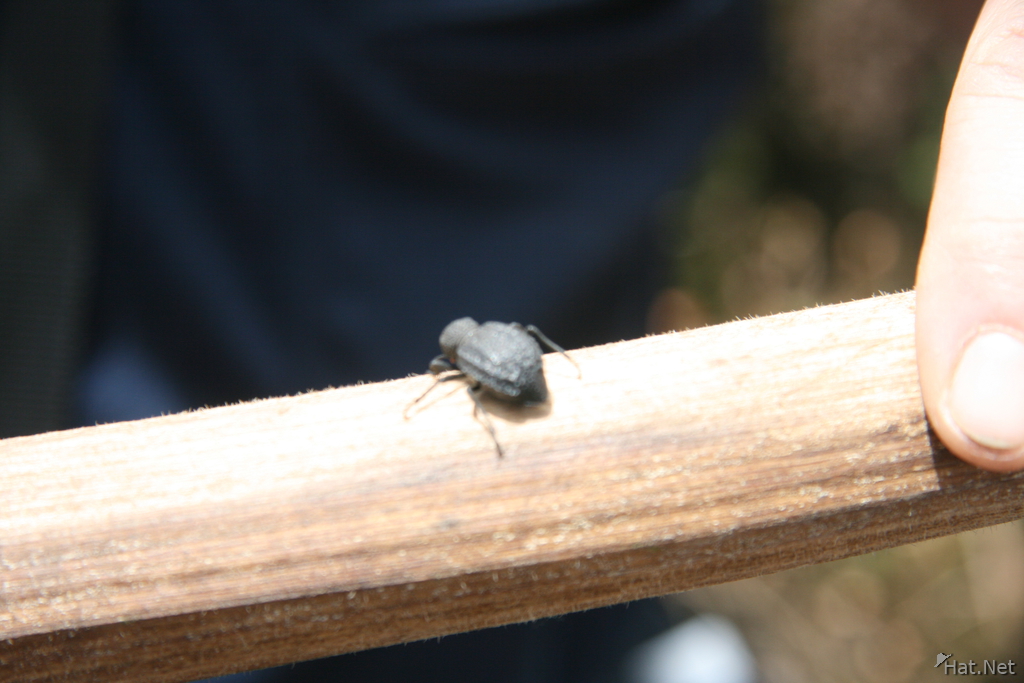beetle on kilimanjaro, beetles
Beetles can be found in almost all habitats, but are not known to occur in the sea or in the polar regions. They interact with their ecosystems in several ways. They often feed on plants and fungi, break down animal and plant debris, and eat other invertebrates. Some species are prey of various animals including birds and mammals. Certain species are agricultural pests, such as the Colorado potato beetle Leptinotarsa decemlineata, the boll weevil Anthonomus grandis, the red flour beetle Tribolium castaneum, and the mungbean or cowpea beetle Callosobruchus maculatus, while other species of beetles are important controls of agricultural pests. For example, coccinellidae ("ladybirds" or "ladybugs") consume aphids, scale insects, thrips, and other plant-sucking insects that damage crops.
| Itinerary | . feeling: neutral, slighly upbeat | ||
|---|---|---|---|
| Country | Tanzania | State | East Africa |
| City | Kilimanjaro | Weather | Misty |
| Continent | Africa | Day | Mandara to Horombo |
| Activity | walk to Horombo | Feeling | neutral |
| Temp | 20 | Date | 2007:10:21 11:26:57 |
| Make | Canon | Model | Canon EOS DIGITAL REBEL XTi |
| Width | 3888 | Height | 2592 |
| Flash | Off, Did not fire | Focal | 85.0 mm |
| Exposure | 1/500 | F Number | 5.6 |
| ISO | 400 | White Bal. | Auto |
| Metering | Multi-segment | Program | Not Defined |
| Compensation | 0 | Hyperfocal | 69.49 m |
| Latitude | -3.15116666666667 | Longitude | 37.4755 |
| Altitude | 3283.039551 m | File Size | 5.1 MB |

